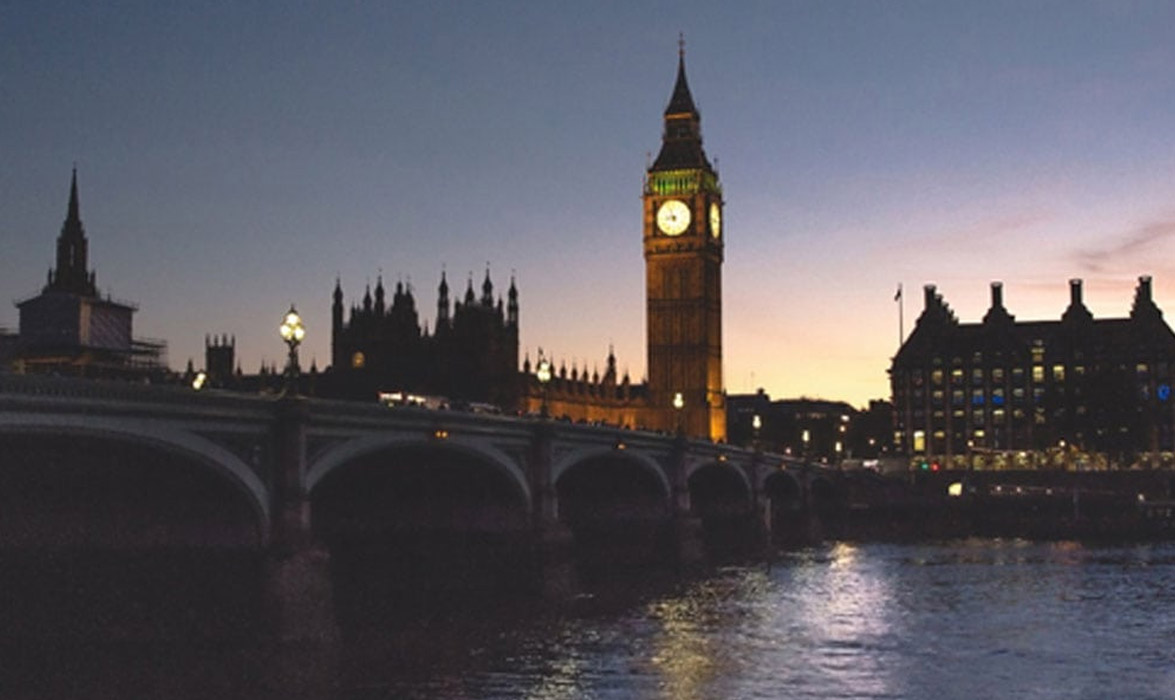
The National Grid has released its Future Energy Scenarios report for July 2017. In it, the UK’s network operator sets out a whole host of challenges, and warns of serious shakedowns to an aging energy system in need of radical interventions.
WHAT’S URGENT IN THE NATIONAL GRID’S PREDICTIONS?
Marcus Stewart, Head of Energy Insights at National Grid, is forthright, saying the UK’s economic landscape, developments in technology, evolving business models and consumer behaviour are all changing at an unprecedented rate.
He says these myriad elements are disrupting the traditional energy status quo, creating an ever changing and divergent energy mix, where new tech like electric vehicles and smart devices will impact in the future.
If there’s one sense of the overriding need highlighted in the document, it’s this; the requirement for grid flexibility.
National Grid is playing its cards absolutely straight; it argues that as traditional sources of energy supply are replaced by new ones, and demand becomes more dynamic, the energy system will be more complex to manage.
To fix this, responsive balancing products and services will be needed, to deliver flexibility across both the electricity and gas systems.
It’s little short of a direct call for demand response, storage and other grid balancing solutions to take a prominent role in tomorrow’s power.
WHAT ELSE DOES NATIONAL GRID FEEL IS AT STAKE?
Combined with the need for flexibility is the need to admit our challenging supply dilemma. The Grid’s report says peak demand could be as high as 85GW in 2050, compared to around 60GW today.
1 million electric vehicles are projected by 2020, 9 million by 2030, which without smart charging could result in an additional 8GW of demand at peak times.
But despite media warnings of the lights going out in wintertime, there is hope. Carbon Brief reports a smart, flexible electricity grid, of the type National Grid seeks, could help the UK cut carbon more cheaply, saving up to £40bn between now and 2050.
Carbon Brief cites an Imperial College London paper, which across 12 scenarios for electricity demand and technology costs shows a flexible grid would be between £17bn and £40bn cheaper between now and 2050, but as importantly could reliably supply the amount of low carbon energy we actually need.
This emphasises once more why National Grid is pushing so hard on the flexibility argument; without it, we can’t keep the lights on.
A MYRIAD OF SMALLER ISSUES
Old gas infrastructure, a changing energy business model with many smaller providers and a larger stake for renewables like solar; all are coming, and all will affect UK energy.
In addition, decarbonisation of heat is fast becoming crucial, and conventional sources of gas are on the wane.
It might sound like a complex, even gloomy picture. But actually, National Grid’s report comes across as positive.
The paper shows the low carbon transition is on its way. And the change will force a more agile grid at the precise time legacy fossil power is beginning to wane.
So whilst putting in place the elements needed for transition is worrisome, the transition itself is already happening.
That has to be good news for all UK businesses; sustainable energy is cheaper, and investing in an overhaul of our network systems and energy model will pay dividends in years to come.
If anything, National Grid’s report recalls the industrial revolution. This was hugely challenging, yet at the time exciting and packed with opportunities.
Today’s UK energy revolution feels the same. We are only just getting started, and there is work to do. But it’s also a time for excitement; much promise lies near at hand.
Want to talk about your own energy challenges? Give the BG Energy Solutions team a call and let’s start a conversation.

